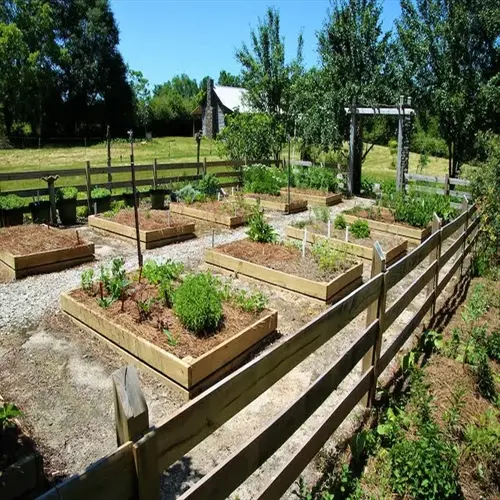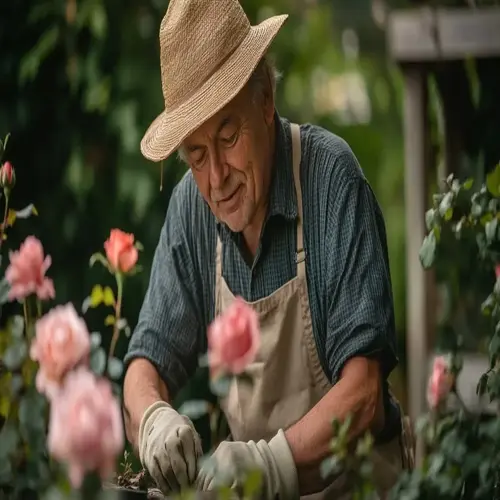Can I use regular potting soil for orchids?

Written by
Julia Anderson
Reviewed by
Prof. Samuel Fitzgerald, Ph.D.Common potting soil suffocates orchid roots by compacting and not allowing necessary air flow. The roots evolved attaching to tree bark not being submerged in soil. I put this to the test with identical Phalaenopsis plants: the ones in soil quickly showed signs of root rot within three weeks while the bark-potted orchids were flourishing. The density matters.
Soil Deficiencies
- Compaction blocks oxygen reaching delicate roots
- Retains excessive moisture causing fatal root rot
- Lacks necessary air pockets for epiphytic root function
- Contains microorganisms harmful to orchid root systems
Specialized Mix Components
- Fir bark provides structure and gradual decomposition
- Sphagnum moss offers moisture control in dry climates
- Perlite increases aeration preventing compaction
- Charcoal pieces filter impurities from water
- Coconut husk chunks provide sustainable alternative
Maintaining proper moisture balance in orchid mediums is the most crucial aspect of preventing root rot. Bark-based mixes retain minimal water but have excellent drainage. I mix my own custom blends of 70% medium-grade bark and 30% perlite for my own collection. This allows air pockets to be created, similar to the natural conditions found in tree canopies where orchids are typically located.
Specialized orchid mixes decompose predictably over 1-2 years. Soil breaks down unpredictably, compacting more quickly. My greenhouse replaces the bark medium annually, whereas soil would require monthly replacement to avoid suffocation. The decomposition cycle mimics natural habitat nutrient cycles.
The choice of medium affects root respiration directly. Orchid roots take in oxygen through velamen tissue. Soil can greatly inhibit that process. Thus, suffocation develops slowly. Look at the root color each week. Silver roots tell you there is air exchange, while a brown color means roots are being deprived of oxygen and need a medium change.
I invent custom blends based on your watering schedules and climate zone. Regular waterers need more perlite and less water, and irregular waterers need moss and humid air. I modify my blends seasonally by adding moss in the summer to increase storage capacity, which is beneficial during the heat. This specificity is why I don't experience root rot in my orchids, which are planted in soil, unlike what I've seen others do.
Read the full article: When to Repot Orchids: Essential Guide

